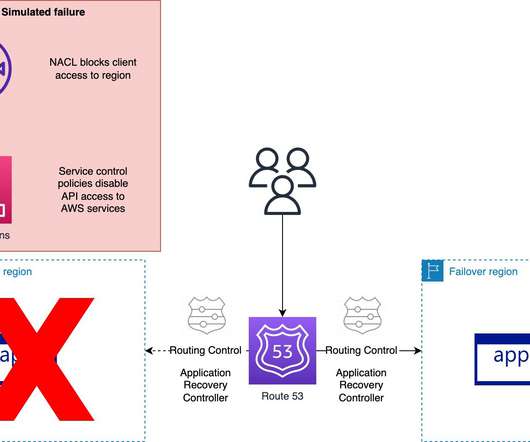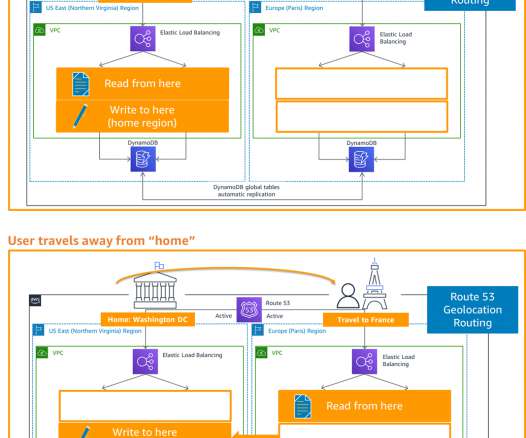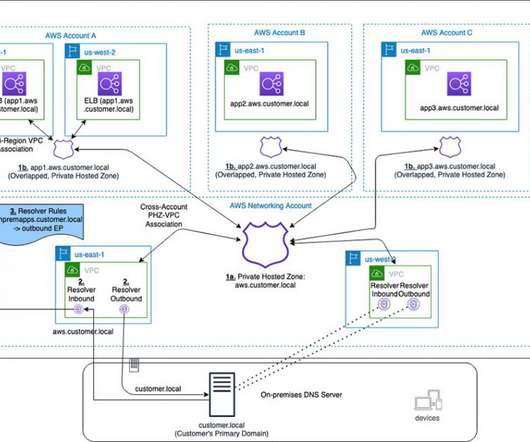Minimizing Dependencies in a Disaster Recovery Plan
AWS Disaster Recovery
JANUARY 25, 2022
The Availability and Beyond whitepaper discusses the concept of static stability for improving resilience. What does static stability mean with regard to a multi-Region disaster recovery (DR) plan? In the simplest case, we’ve deployed an application in a primary Region and a backup Region.











Let's personalize your content